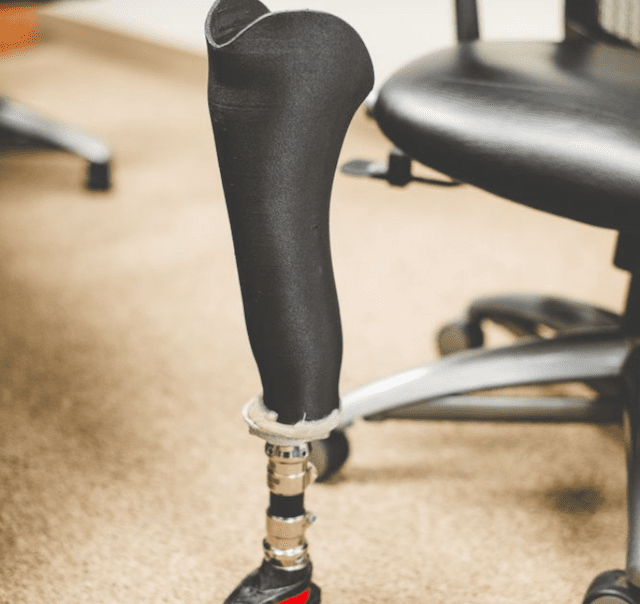BASF and Essentium have collaborated to bring to market 3D printed prosthetic sockets that promise to be more durable.
Chemicals company BASF and 3D industrial solutions provider Essentium, have partnered to launch 3D printed thermoplastic carbon fiber prosthetic sockets. Clinicians can easily customize the sockets to provide an even more comfortable fit for patients.
Using BASF’s Ultramid polyamide with short carbon fiber, the 3D printed prosthetics are both lightweight, yet tough. At the same time, they are more flexible than traditional carbon fiber.
The thermoplastic material also makes it easier to make small adjustments of 2-3mm to accommodate physical changes of patients.
“It’s a rewarding process to develop the formulation in the lab with Essentium and then turn that resin into a real material, knowing it can impact prosthetic patients in a positive way,” said Oleksandra Korotchuk, New Market Development Scout, Performance Materials at BASF. “It’s a true validation of the partnership. [We] will continue to uncover new materials and techniques that will unlock advanced design and speed capabilities.”
The sockets have been tested with clinicians and patients at Anew Life Prosthetics and Orthotics, (ALPO) a US-based clinic. ALPO validated the technology and provided real patient feedback on the TriFusion 3D printed sockets. According to Chris Casteel, owner of ALPO:
“Just like anything else, it’s one thing to hear about a product like this. [It’s] another thing to actually feel and touch it. We received extremely positive feedback from patients on the 3D printed test sockets. [It] is incredible to see and feel how well they fit. This is a huge success for the prosthetic industry and I look forward to seeing what comes next.”

TriFusion prosthetic. (Image: TriFusion)
3D printing significantly speeds up prosthetic development
Although the FDA does not yet officially regulate 3D printed prosthetics, Essentium and BASF chose to adhere to strict standards set out in the regulatory body’s guidelines for Additive Manufacturing (December 2017). The guide provides a 30-step manufacturing process and devices are hand-inspected before being shipped.
Traditionally, clinicians take three days to mold and cast the carbon fiber sockets. 3D printing has significantly sped up that process to just 24 hours. In addition, the development minimizes fit errors and parts rarely require adjustment. Blake Teipel, president and co-founder of Essentium added:
“The materials used in these definitive sockets have the power to open up people’s lives to more mobility and more freedom. As we propel 3D printing of functional parts, we’re proud to make a prosthetic that’s more customized, lightweight, affordable and comfortable for the patient, and make the production process easier and more efficient for the clinician.”
In the future, the two companies are looking to produce 3D printed prosthetics that include rigid and flexible TPU elements. This may increase comfort and is expected to launch in 2018.
Source: BASF
Website: LINK

